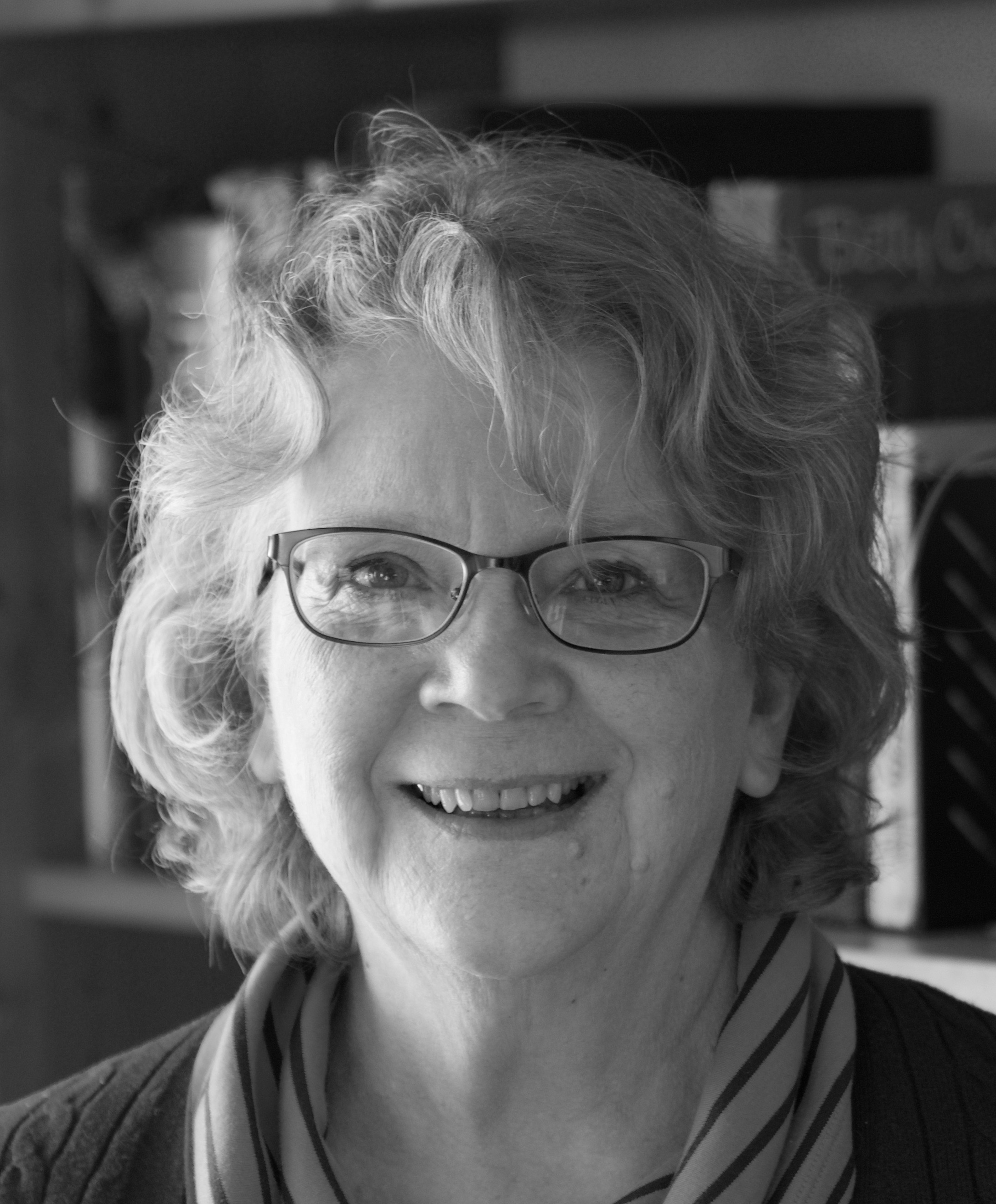Monday
Jun302008
Waving the White Flag
 Monday, June 30, 2008 at 8:29AM
Monday, June 30, 2008 at 8:29AM I’ve seen the dogwood flowers and the strawberry blossoms blooming, so it’s time to revisit the white flowers of the Yukon wildflower season.
This plant is just a bit mysterious. For one thing, the white part we think of as it’s flowers aren’t flowers at all, but bracts* surrounding the flowers, and the flowers are the teeny-tiny green things you see in the center of the white bracts in the photo. So they’re off to a confusing start, and things only becoming more confusing as we move along, because the best sources for wildflower facts give conflicting information about the dwarf dogwood. Are they native to North America? The answers are yes, they are native around the globe, and no, they were introduced to North America. Are they edible? Well, yes, you can eat the leaves as salad greens or a cooked vegie, and yes, the berries are edible but they taste like cotton; but then again, no, the berries are poison, a lesson learned by the Pilgrims themselves when they made a pudding out of dogwood berries that gave them all digestive problems. If that story is true, we can know one thing for sure: This plant is either native to North America or the Pilgrims brought it over on the Mayflower.
The mountain avens is circumpolar, too, and in North America it follows the Cascade Range south to the Wallowa Mountains of northeastern Oregon. It’s the provincial flower of the Northwest Territories, and in some areas of Nunavut, it has an important job informing hunters when to start hunting caribou. When the little seed plumes begin to untwist, the time is right.
The last white wildflower in our visit is one you’ll probably recognize right off the bat. Yep, the blossoms below are from the wild strawberry. There’s a big patch of wild strawberries blooming right now in the ditch in front of my house.
When the berries come, I’ll eat a few of them, but mostly they’ll be eaten by neighborhood kids or my dog, who loves to sniff through the patch until she finds a sweet one to munch on. And she isn’t the only animal who loves to eat them. The wild strawberry provides food for a long list of wildlife. Besides many varieties of birds, there are skunks, squirrels and chipmunks, voles and mice, rabbits, deer, and even turtles, who all love to eat the leaves or berries of the strawberry plant.
The only distasteful thing about wild strawberry plants is the company they keep. They like to hang out with my own archenemy of the plant world—poison ivy. It is, you know, its close association with the criminal plant element that earned the wild strawberry the wild part of its name. So if you live where there is poison ivy (There’s none in the Yukon; that’s why I live here.) and you like picking wild strawberries, you’ll want to make sure you know what poison ivy looks like so you can avoid the itchy misery that touching any part of that nasty plant can bring. That way you can enjoy your bounty of beautiful berries without oozing blisters.
All photos in this post are by Andrew Stark.
*Don’t know what bracts are? They’re just leaves that surround and protect the flowers of a plant.
Previous wildflower posts:


Reader Comments (1)
I do love your wildflower posts, Rebecca! Thanks for bringing us the white ones. Interesting about all those conflicting dwarf dogwood stories.